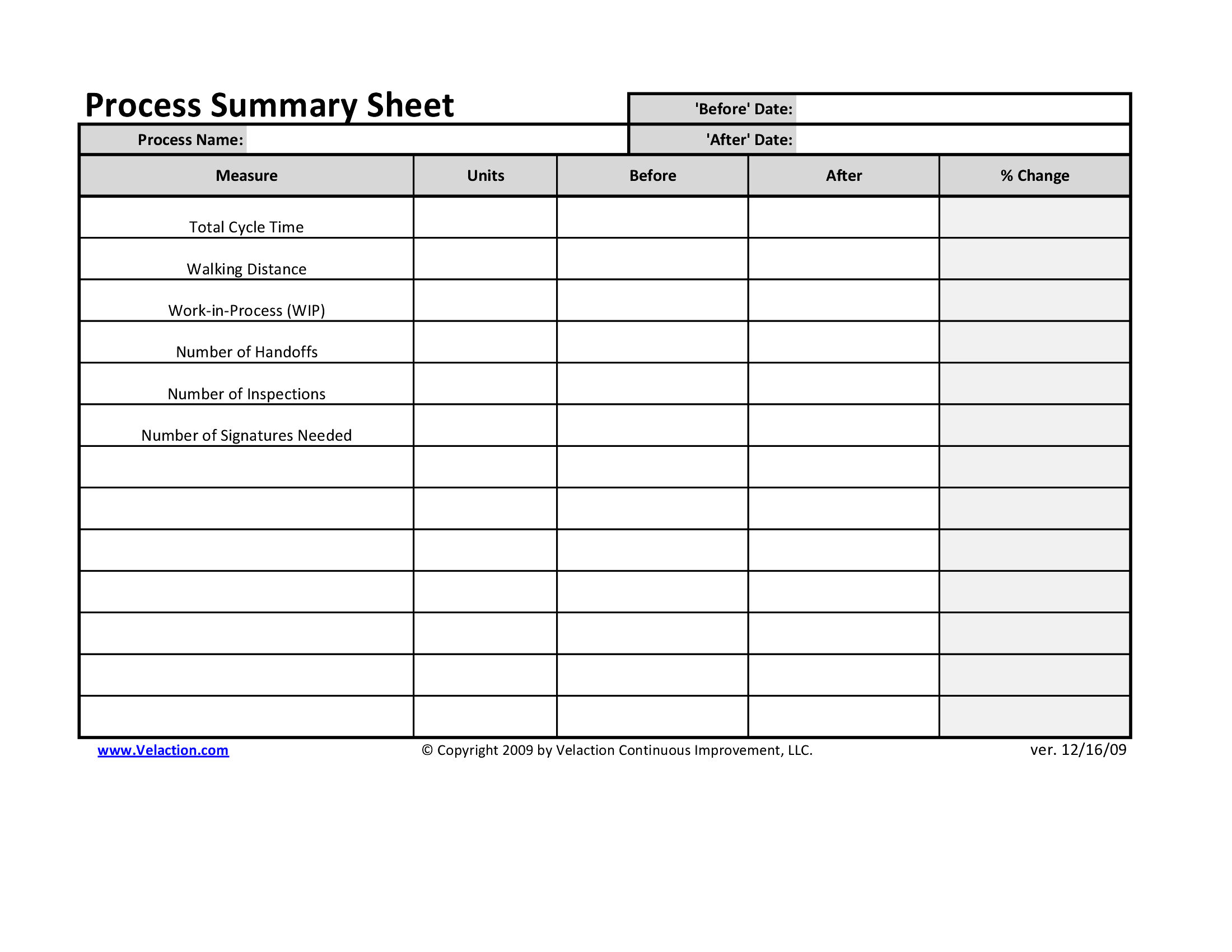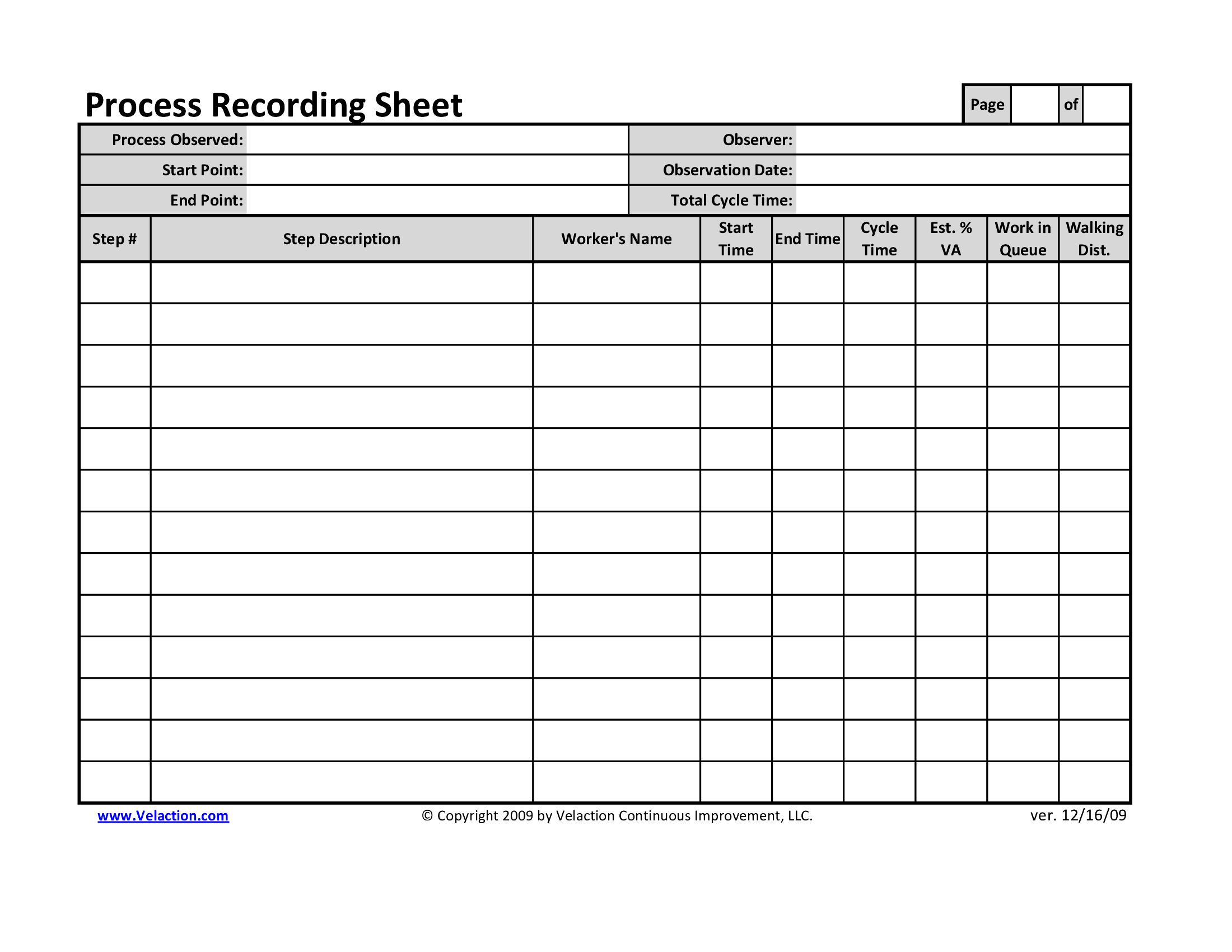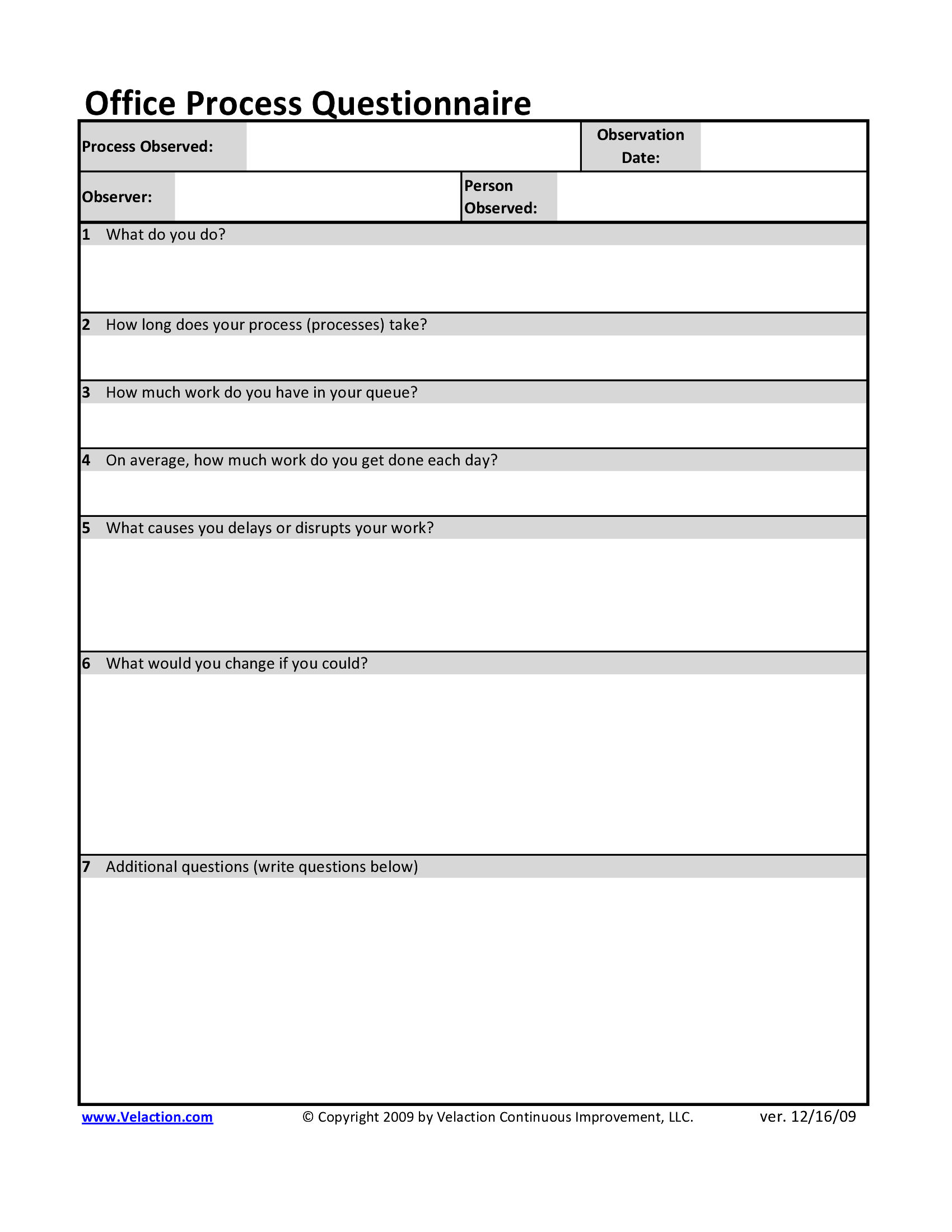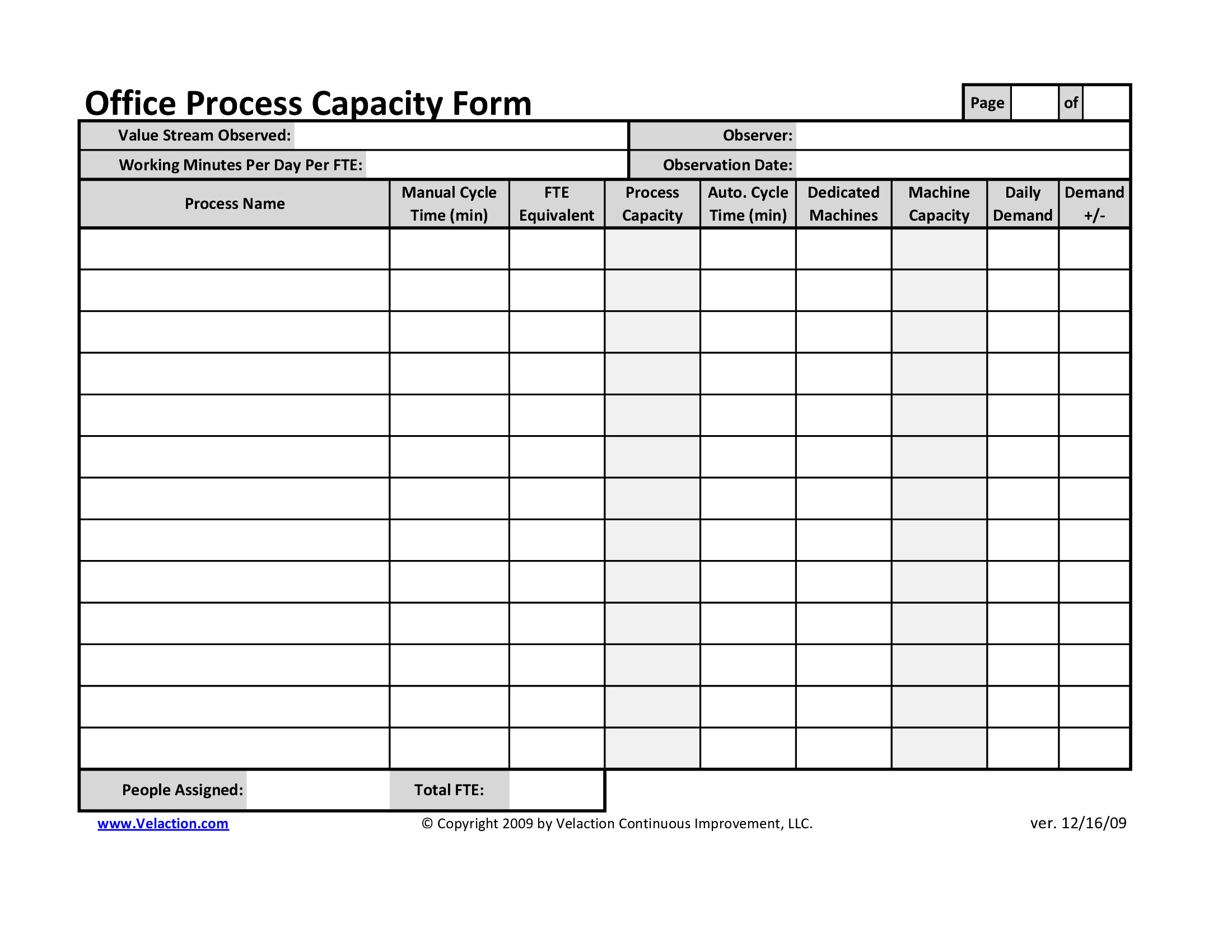One-Touch Exchange of Die (OTED)
A big part of getting changeover time reduced to the point where it is a single-minute exchange of die (SMED), is figuring out how to do it with less motion. One-touch exchange of dies is an offshoot of SMED but is far more aggressive in what it advocates. Where SMED Read more…




